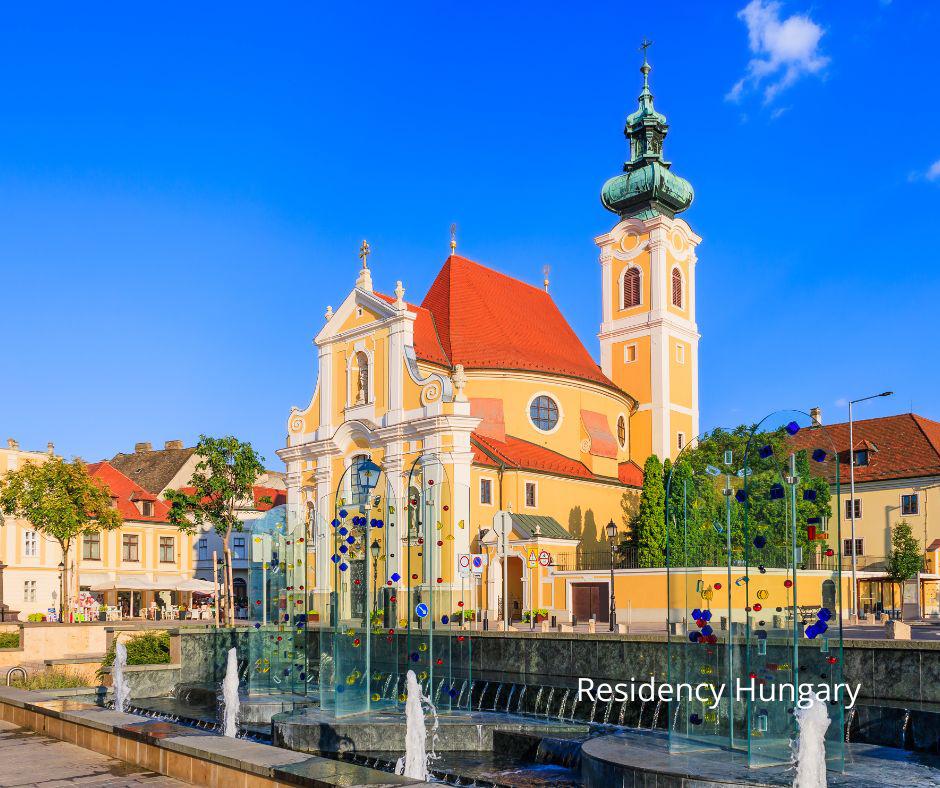Lipót Kollonich, the Bishop of Győr and later the Archbishop of Esztergom, designated Győr as one of the cities where the Carmelite order from Germany could settle. In 1697, three Carmelite monks arrived in the town with the task of purchasing land for the order. They chose the Perger house, located near the Vienna Gate, where they established several cells and a chapel that was consecrated later that year.
However, within a year, the number of brothers increased significantly, prompting them to request King Lipót I to allocate the adjacent military architecture office, which was in poor condition, for their use. They received the approval and began rebuilding the structure. After twenty years of effort, it became clear that the original building was beyond repair, as its foundations were unsalvageable. Consequently, Brother Athanáz commissioned architect Márton Wittwer to prepare the plans for a new monastery and church.
He is credited with the construction of several church buildings in our city, including the church of the Német Ispita and the chapels on Calvary Hill. The project began in 1714, starting with the western wing of the monastery, which runs parallel to the Rába River. The church was completed in 1725. Its oval floor plan and detached tower are architecturally distinctive features. The facade displays statues of the Virgin Mary, Saint Teresa of Avila, and Saint John the Baptist. The paintings on the side altars were created by Martino Altomonte, an Austrian painter originally from Naples. The statues of the saints were sculpted by Ferdinand Stuflesser from South Tyrol in the 19th century. Although not widely known, he also carved one of the wooden altars in the Basilica of Saint Anthony in Padua.
On the right side of the church, in an open chapel, is one of the city's most beautiful sculptural works and a highlight of Hungarian Baroque art: the statue of Mary the White. According to some sources, the statue was created by Giovanni Giuliani, a master sculptor born in Venice who settled in Vienna in 1690. He was instrumental in the spread of the Northern Italian Baroque style in Austria and other territories of the Monarchy. Giuliani was also a friend of Altomonte, who painted the church's frescoes, and they are buried next to each other in the cemetery of Heiligenkreuz Monastery.
The statue is considered the first flood monument in Győr, named for its association with the stopping of the Rába River flood. It was made of limestone in 1735 and is decorated in blue. Originally located on Sétatér, on the Radó Island side of the castle, the statue underwent renovation in 1861, and it was moved to its current location in 1891, as indicated by the inscription on its pedestal.


